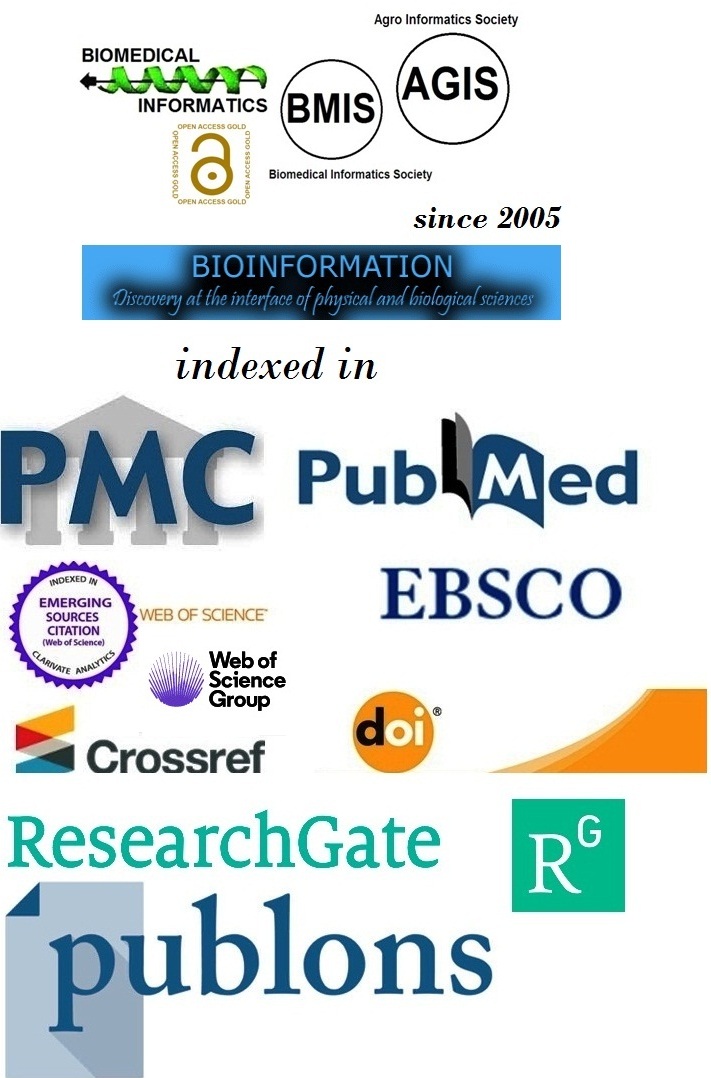Title
A study of rhinoplasty at a tertiary care institute in India
Authors
K.S. Raghu Chanakya1,*, J. Lakshmi Sushma Vadali2 & M. Monica3
Affiliation
1Department of Otorhinolaryngology, GITAM Institute of Medical Sciences and Research, GITAM Deemed to be University, Visakhapatnam-530045, Andhra Pradesh, India; 2Department of Plastic surgery, GITAM Institute of Medical Sciences and Research, GITAM Deemed to be University, Visakhapatnam-530045, Andhra Pradesh, India; 3Department of Pathology, GITAM Institute of Medical Sciences and Research, GITAM Deemed to be University, Visakhapatnam-530045, Andhra Pradesh, India; *Corresponding author
K.S. Raghu Chanakya - E-mail: drraghuchanakyaent@gmail.com; s hod_otorhinolaryngology@gitam.edu
J. Lakshmi Sushma Vadali - E-mail: sushmavadali@gmail.com
M. Monica - E-mail: monica.molli1995@gmail.com
Article Type
Research Article
Date
Received June 1, 2025; Revised June 30, 2025; Accepted June 30, 2025, Published June 30, 2025
Abstract
The ideal procedure to correct nasal obstruction in persons with external nasal deformity by comparing two techniques of rhinoplasty i.e. open technique and endoscopic technique is of interest. Hence, a prospective study was done for a period of one and half year and a total of 50 patients who underwent rhinoplasty procedures with various pathologies were evaluated. The most common pathology identified was deviated nasal septum (DNS) with external deformity and the most common symptom was nasal obstruction. Endonasal/closed technique was done in Group A and Group B patients underwent open rhinoplasty technique, with septal cartilage being the most commonly used graft in both the techniques. Both external and closed techniques are giving almost equal results in both functional and aesthetic aspects with minimal complications and the outcome was highly depended on the skillset of the surgeon.
Keywords
Nasal obstruction, rhinoplasty, DNS, septal cartilage
Citation
Chanakya et al. Bioinformation 21(6): 1433-1437 (2025)
Edited by
P Kangueane
ISSN
0973-2063
Publisher
License
This is an Open Access article which permits unrestricted use, distribution, and reproduction in any medium, provided the original work is properly credited. This is distributed under the terms of the Creative Commons Attribution License.
